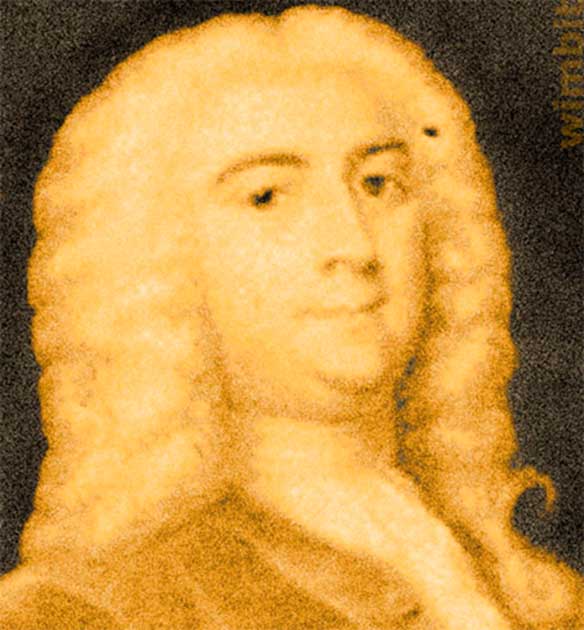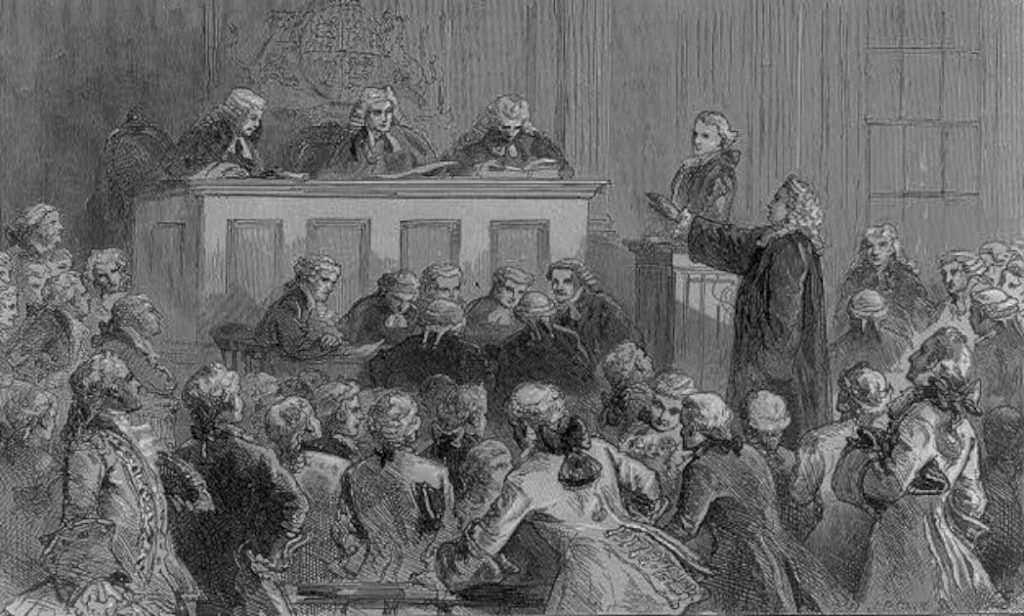The law, like God, often works in mysterious ways, and how laws come to be established is also an important story to tell. The most important and the most just laws of any country’s constitution have come into existence from the needs of people voiced out in the open.
There is usually a darker side to these stories, and almost every law that forms the fundamental framework of a country’s legal umbrella has years of strife and discrimination behind it. Without such strife and discrimination, the public does not realize the need to codify something as inviolable.
So it was with the United States, where the founding Constitution has been amended no fewer than 27 times, the last in 1992. Of these perhaps the most wide ranging and important is the First Amendment, which holds a crucial role in the democratic framework of the country and safeguards the free press.
This is the story of John Peter Zenger and how his trial led to the First Amendment of the United States Constitution.
Who was John Peter Zenger?
John Peter Zenger was an 18th-century German immigrant who worked as a printer and journalist in the United States. He was a child immigrant when at 13, he reached the melting pot of New York City and found work as an apprentice to William Bradford, the first printer in the city .
He later established his own printing business in 1726 and started a public journal. Named the New-York Weekly Journal it was first published in the year 1733. After this, he kept printing critical views regarding the Government, views generally shared with the public.
The journal became a sounding board for the opposition that the people had towards New York Governor William Cosby’s policies. Although many people chose the New York Weekly Journal as the publishing platform for their views, as printer and primary journalist, Zenger was the one legally responsible for the printed views and the entire journal.
- Who was Mrs. Silence Dogood? The Youthful Pranks of Benjamin Franklin
- The Curse of Tippecanoe: Are some US Presidents Fated to Die in Office?
The Journal accused the governor of rigging elections and tampering with a public mandate. The Journal also accused the Government of letting the French fully take advantage of New York Harbor, which benefitted the governor but not the city.

Apart from these, there were many crimes and bad decisions for which the journal held the governor accountable. The governor was called out as incapable of holding office and staying in a position of authority.
The Trial Of John Peter Zenger
Rarely are powerful men publicly shamed without seeking revenge, and so it was for the Journal. On November 17, 1734, Zenger was taken into custody for libel. He was held in prison for nearly ten months without a proper trial.
Finally, it was in August 1744 that the matter was brought up to trial in a court of law. The printer was accused of printing Government opposing views in his paper. The truth behind all those articles did not matter. The fact that Zenger himself did not write those articles did not matter. In fact, the original writers of those articles remained hidden from the public eye under the guise of anonymous. However, Zenger stood in the accused position because he never denied printing the rebellious articles.
The trial at first was biased because the jury that sat on it was bribed by Cosby or led by Cosby’s henchmen. However, even when Zenger was in prison, his wife did not give up on his press. The press kept publishing, and it also reported about the ongoing trial.
Soon, due to public demand, the original jury of the trial was replaced with a more neutral jury that could potentially rule in Zenger’s favor. The tide was set to turn in favor of Zenger as he was backed by the most famous lawyer of the colonies, Andrew Hamilton from Philadelphia. Hamilton, later to become a Founding Father of the United States, openly stated in front of the jury that the printer had indeed printed the material. He further challenged the prosecutor to prove him wrong.
The lawyer’s words in the court were, “it is not the cause of one printer … but the cause of Liberty”. The judge’s final summation made it clear that he thought Zenger should be convicted. However, he left it to the jury if they believed that Zenger was indeed guilty.
- The Poison Squad Trials: Do You Know What’s In Your Food?
- Clash of Culture? When the Samurai Visited New York City
However, the jury took a break and returned only ten minutes later to pronounce the verdict that Zenger was not guilty of his charges. Even the public was happy and celebrated as Zenger amplified their voice through the controversial Journal. The trial win was the first win in favor of liberty of the press.

Although the trial took place some decades before the creation of the United States Constitution and first Amendment was therefore not passed for quite some years after the historic trial, it did set precedence and helped the press in exercising its right to liberty more freely. It was the first true victory of freedom of speech and expression for the press and the public in America.
The freedom that this verdict gave to the American press played a vital role in spreading public views during the American Revolution. The acquittal of Zenger in the libel case was a daring act of Jury nullification on a judge’s verdict. It was also a display of unity and public support for freedom of the press and expression of public sentiments, and revealed the power of the people to decide the laws under which they are governed.
The First Amendment
The trial paved the way for creating the First Amendment of the American Constitution. The First Amendment is an extension of the verdict of the Zenger trial with the clause that the Government cannot make laws that regulate the exercise of people’s religious sentiments, freedom of speech or freedom of expression of individuals or an organization.
The First Amendment also helps establish freedom of the press and the freedom of assembly in public and private places. The First Amendment was passed to safeguard the freedom and liberty of commoners. The Amendment was first adopted on December 15, 1791, under the Bill of Rights.
The free press clause of the First Amendment has safeguarded the rights of the press and media in publishing information and opinions from the general public. Today, the First Amendment applies to different sections of the media and press. The arena of application for the First Amendment has broadened to this day and is interpreted more liberally than before. In the democratic set of Government, the First Amendment plays a huge part in the day-to-day life.
The trial of John Peter Zenger might have been small and controversial at that time, but it acted like a small flame that set the town ablaze with Liberty and Freedom of Speech.
Top Image: How did the trial of John Peter Zen ger lead to the First Amendment to the US Constitution? Source: zimmytws / Adobe Stock.
By Bipin Dimri